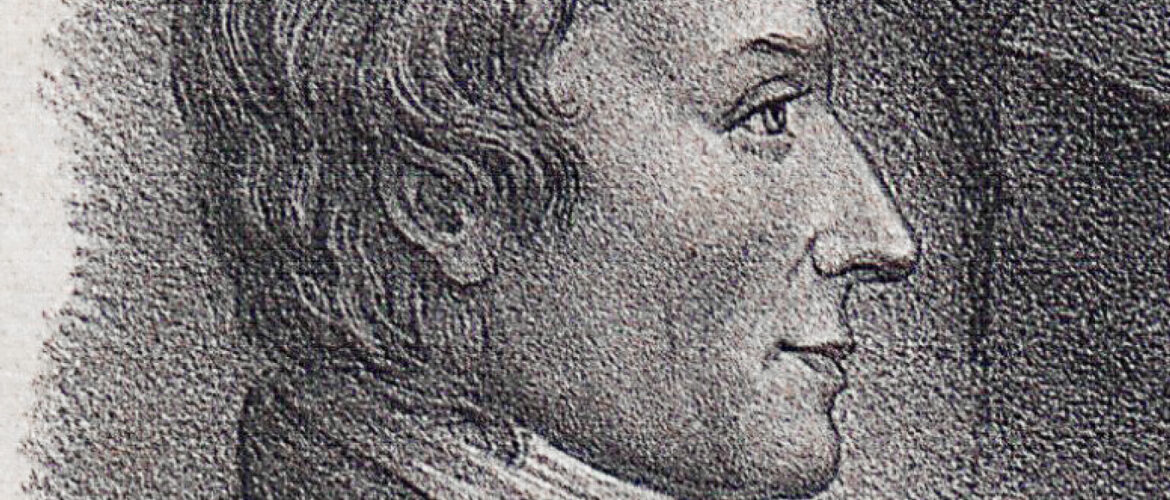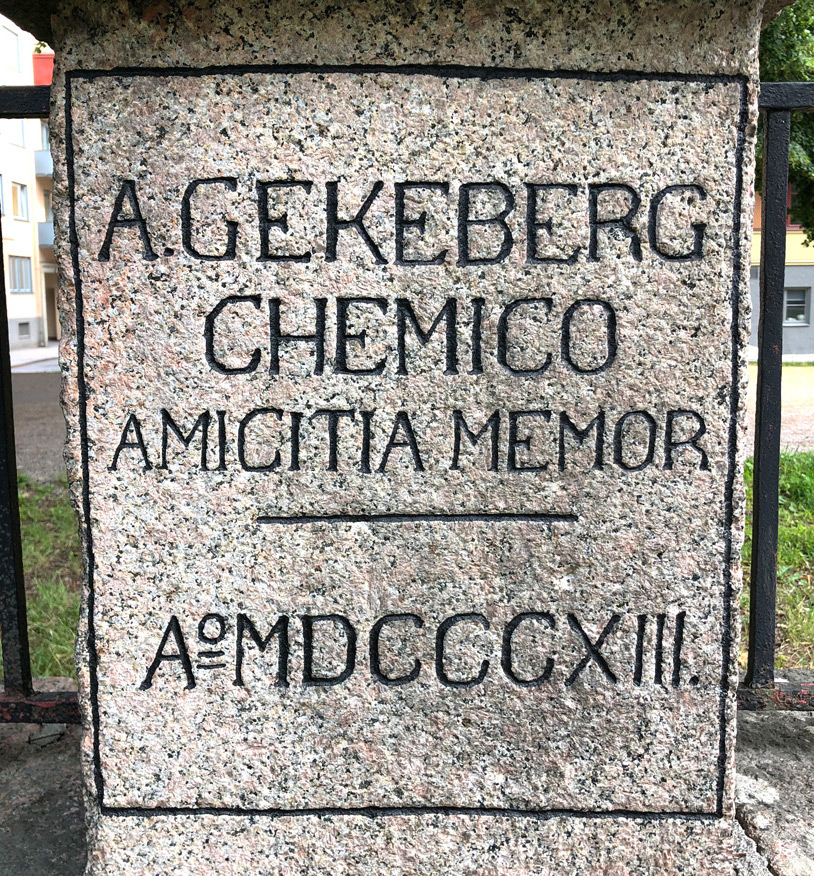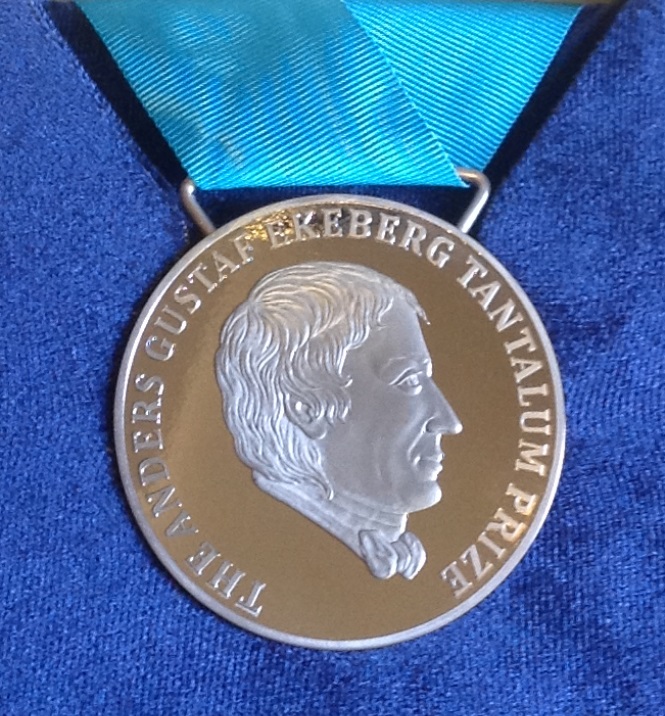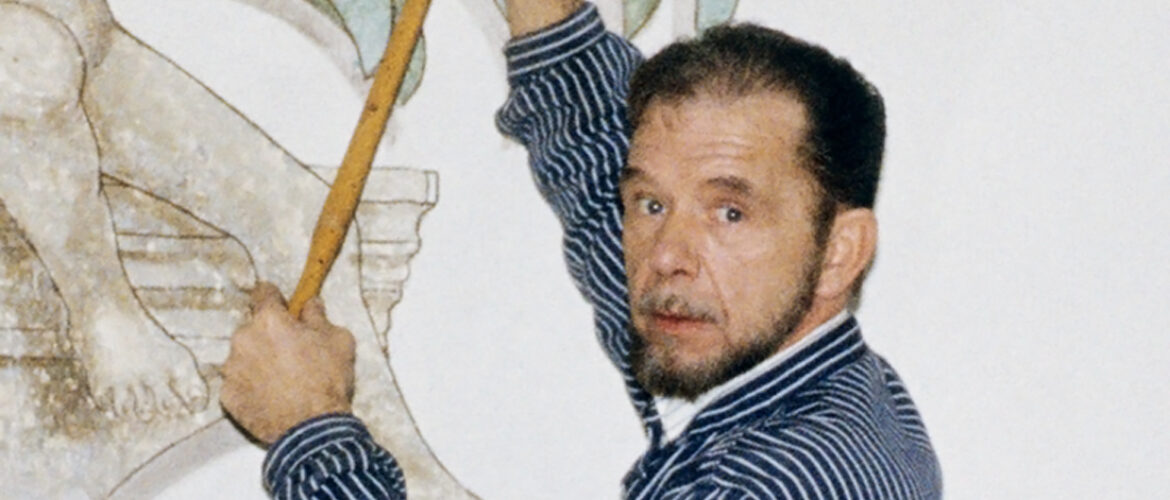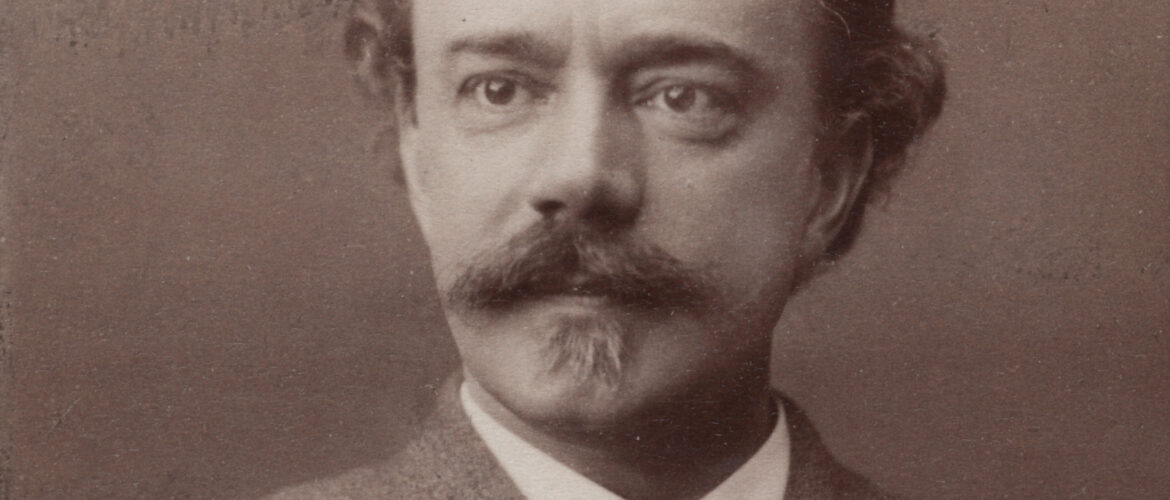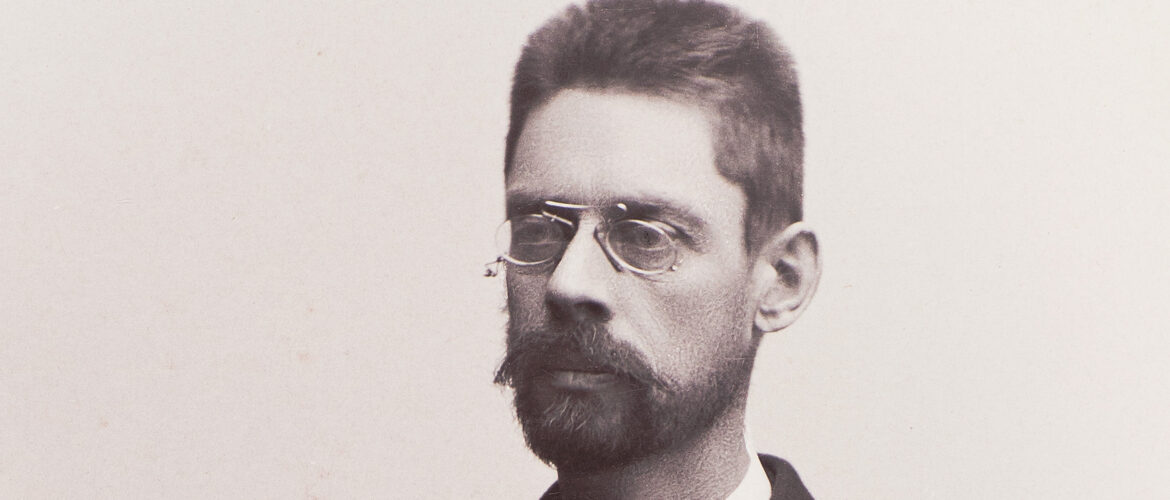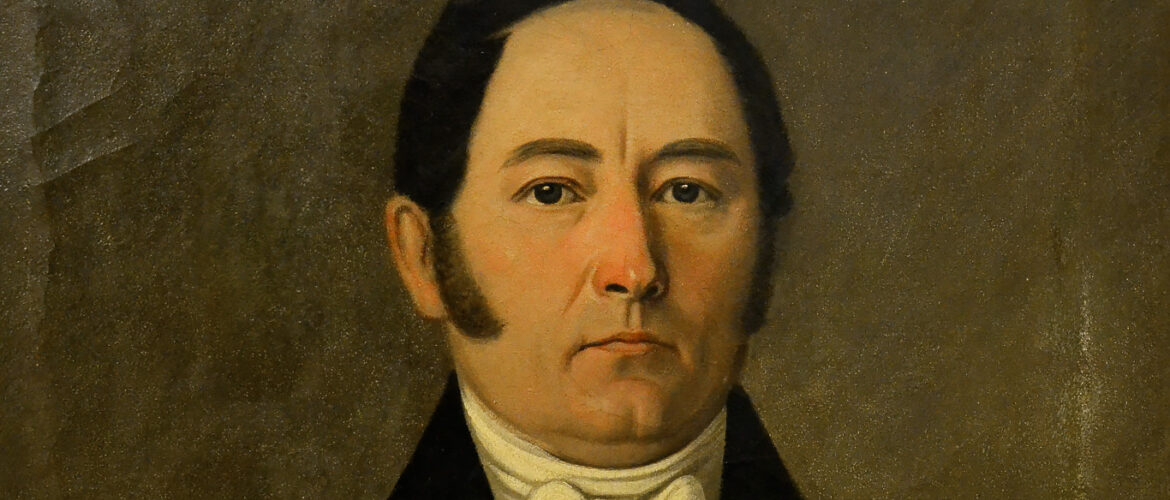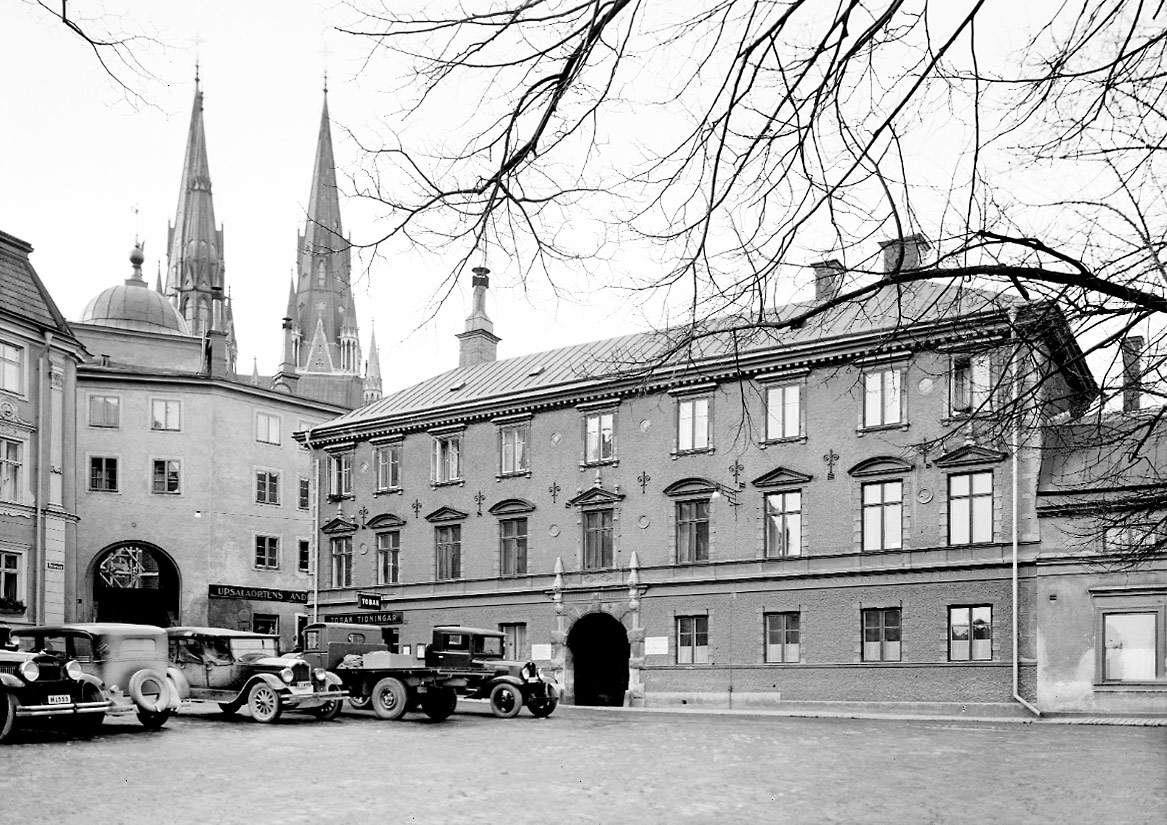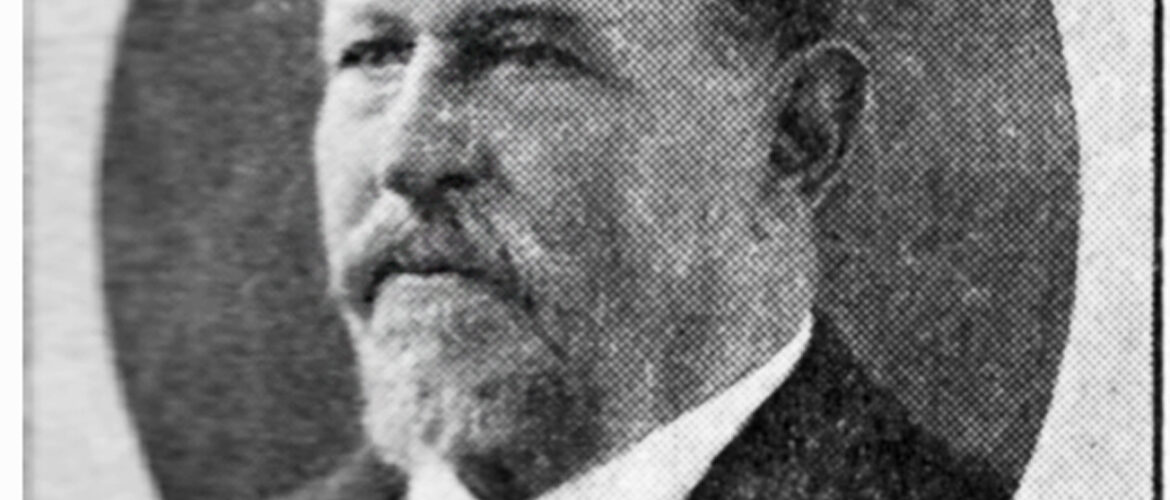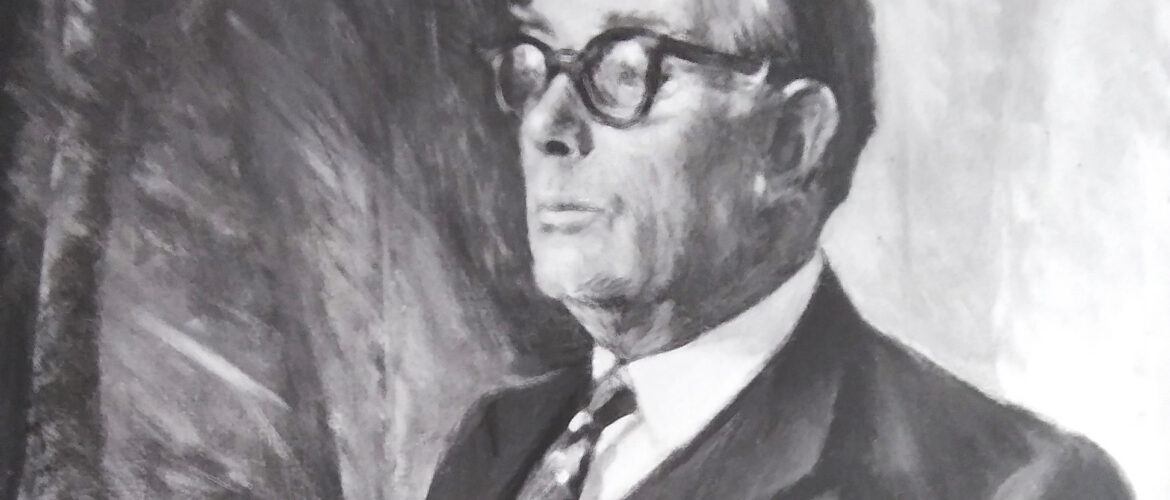1767-1813.
Chemist.
Anders Gustaf Ekeberg was the son of shipbuilder Joseph Eric Ekeberg and Hedvig Ulrica Kilberg.
In 1784, Ekeberg enrolled at Uppsala University, where he was taught by Carl Peter Thunberg, among others. After graduation and study trips, Ekeberg became an associate professor of chemistry in 1794.
In 1799, Ekeberg was elected to the Royal Academy of Sciences. In 1802, he discovered the element tantalum (Ta).
An explosion in the early 1800s left Ekeberg blind in one eye.
One of Ekeberg's scientific discoveries was a method for making strong, clear and translucent porcelain. He took the secret of this method to his grave.
His friends carved his name on a stone pillar in the cemetery wall and three words in Latin: Chemico (he was a chemist) Amicitia (friendship) Memor (memory) and the year of his death in Roman letters MDCCCXIII. Photo: Henrik Zetterberg.
In recognition of Ekeberg's pioneering work, an award was established in 2017 by the TIC (Tantalum-Niobium International Study Center), to promote the knowledge and understanding of tantalum. The award was named the Anders Gustaf Ekeberg Tantalum Prize ("Ekeberg Prize") in his memory.
Burial site: 0101-0030
Image description: Portrait of Anders Gustaf Ekeberg from Mellin, Gustaf Henrik (ed.) 427 porträtter af namnkunniga svenske män och fruntimmer, Stockholm, 1847. Photo: LIBRIS-ID:1579474The image is cropped]
Click here for an uncropped image

